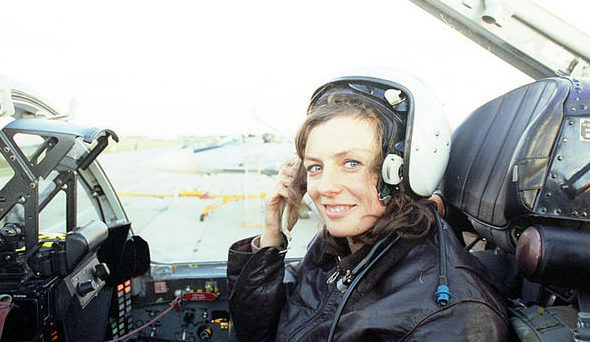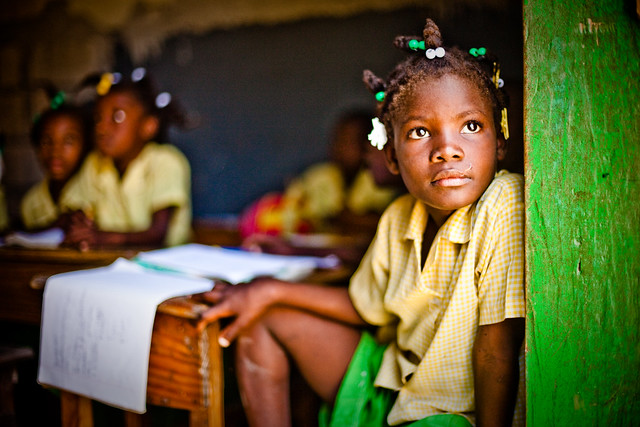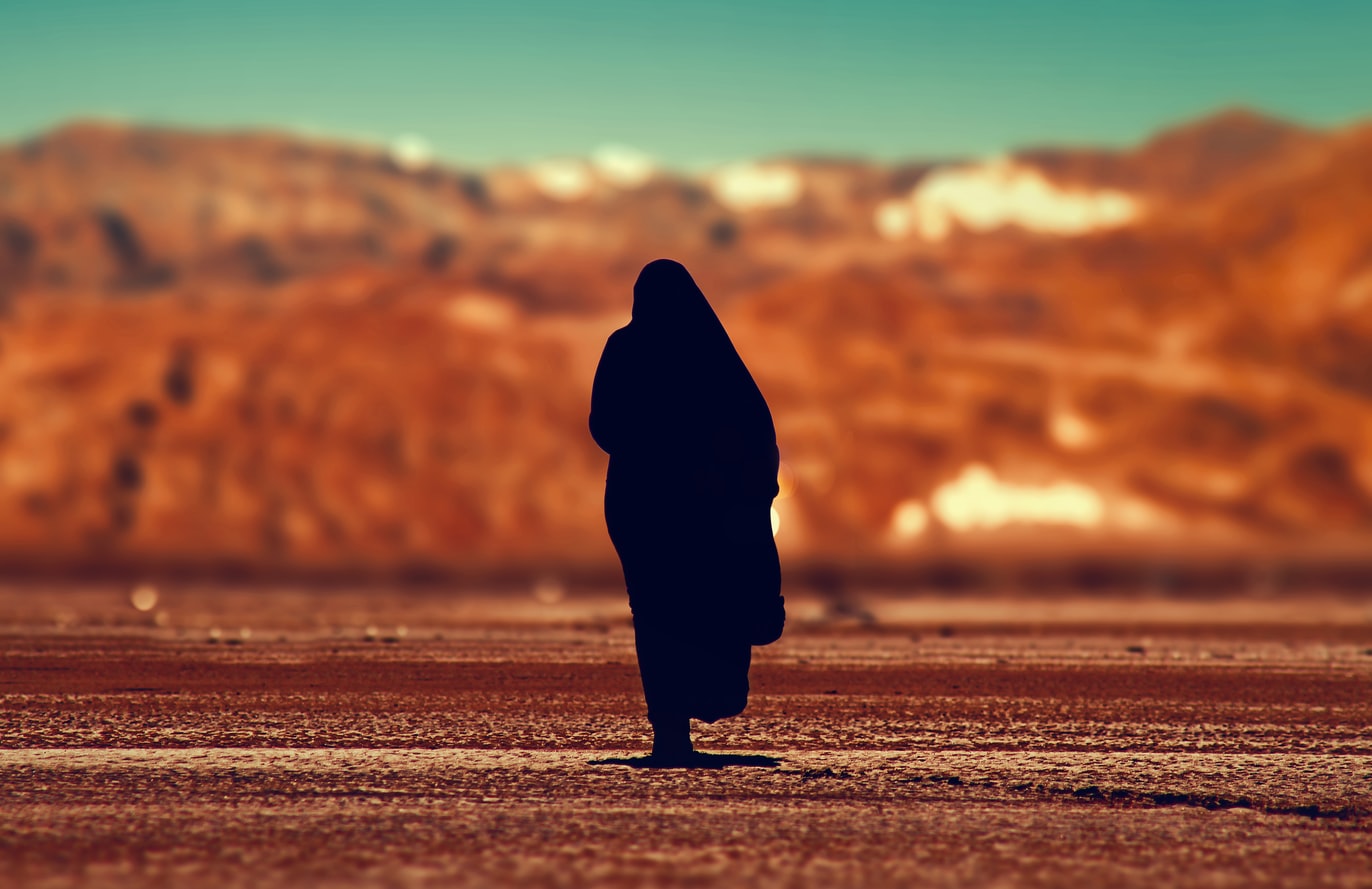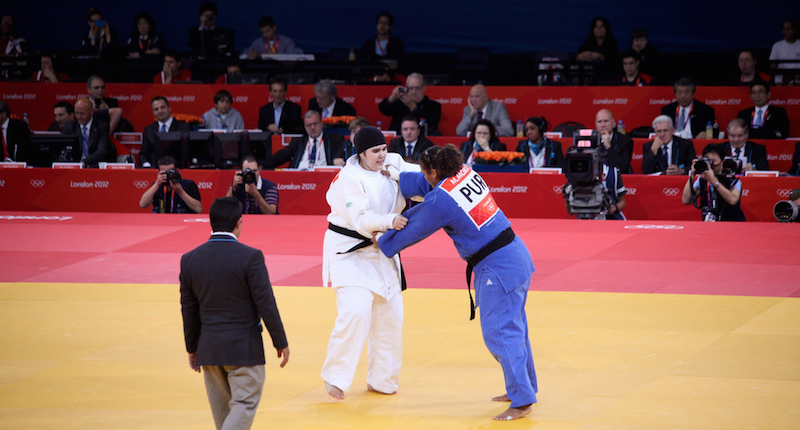In an exposition of brute Russian military might, the May 9, 2016, Victory Day Parade in Moscow celebrated the defeat of Adolf Hitler and the Nazi Party in Germany. It was estimated that throughout World War II, over 23 million soldiers and civilians died, which marks “the heaviest toll among all the countries which fought.” However, this year, the parade also celebrated an important change within the Russian armed forces. It marked the first time women were allowed to march in the Victory Day Parade.
Historical Inclusion of Women
Russian women have a long and complicated place within the armed forces. Starting at the fall of the Tsarist Empire, there have been women actively involved within the armed forces in combat positions. In 1917, the Russian Provisional government under Alexander Kerensky formed groups such as the First Women’s Battalion of Death, inspired by Maria Bochkareva, who asserted that a disciplined, fully-female battalion women would be able to motivate soldiers to fight throughout the end of World War I.
Although Bochkareva saw women as a skilled group of individuals who could actively contribute towards the war effort, Kerensky saw otherwise. For him, the Women’s Battalion represented an effective propaganda tool of war. If “even women” would participate in war, it would make men feel obliged to follow suit in active duty. Regardless, the early inclusion of women challenged how gender identity intersected with the armed forces.
This trend continued through World War II, when women continued to participate in more intensive combat roles and in larger numbers. It was estimated that a total of 800,000 women participated in the Red Army throughout World War II, most of whom were below the age of 20. Although these numbers represented only 8% of the overall Red Army, women served in outlets that ranged from pilots, snipers, machine gunners, tank crew members and partisans in addition to auxiliary roles. This number signified that 1 out of 10 soldiers within the armed forces at this time were women.
Image of Captain Mariya Dolina was a Soviet pilot, squadron commander of the 125th “Marina N. Raskova” Borisov Guards dive bomber Regiment.
These roles put women in the frontlines of battle, in positions inaccessible to most women across the globe. Despite this progress in gender integration, there are some who posit that these successes were not due to the added value women contributed to the armed forces. Instead, the inclusion of women was done to combat the diminishing supply of male soldiers after so many years of violent war.
And so, under communist rule, the USSR’s position on women’s integration shifted back towards a more peripheral role. In most circumstances, women were encouraged to leave the armed forces. When women chose to stay involved, their careers were restricted by limited upward mobility and promotions.
So what implications does this history have for Russian women today?
The Scene Today
After enduring a tumultuous past of mobilization, women in the Russian army have a different relationship with military engagement than women in the West. Russian women have been allowed to participate in combat roles as soldiers. The historical record supports that women did not have to choose between identity as a woman or soldier, but were socialized in a political system that emphasized citizenship over class, race, and gender.
This begs the question: why after these years of military inclusion have women been barred from walking in the Victory Day Parade? Why did Putin strategically choose 2016 to allow women’s participation?
With the current focus in media and policy surrounding gender integration in the armed forces, the Victory Day Parade was a display of Russia’s engagement with modern debates. The Russian government has projected an interesting paradox to the international community. The West heralds itself as the successful model for gender integration within the armed forces, but there are systemic problems embedded in the existing model. The Western armed forces tend to dominate the discourse around gender integration as the global leaders of women’s inclusion, while Russia has been able to integrate women into their armed forces for nearly 100 years.
There are minimal degrees of separation between men and women in the Russian armed forces today. In terms of training, Russian girls comprise 1,000 trainees of the Cadet Corps and go on to be “worthy successors… for our armed forces.” In terms of their service in the armed forces, women participate in, “forced marches of 15 km, throw grenades, fire all kinds of weapons, and even test-drive tanks. The only unofficial relief for them is the lack of some forms of statutory and non-statutory punishment – military detention or heavy exercise like multi-kilometer runs wearing body armour or gas-masks.” This active engagement of women has allowed them to take up positions in elite units of the armed forces such as the 76th Pskov Division of the Airborne Forces.
Putin’s decision to include women within the Victory Day Parade was more than just to recognize the contributions of women to the military. The demonstration of women marching was a message to Western powers of Russian advancement. Despite the prevailing framework of Russian institutions as regressive, the military has challenged the understanding of women’s inclusion in the armed forces. And for what end? For Putin’s spectacle to show how Russia has been more successful at implementing gender integration than its Western counterparts.
Image courtesy of Aviatrix Aviatrix.
Disclaimer: Any views or opinions expressed in articles are solely those of the authors and do not necessarily represent the views of the NATO Association of Canada.





